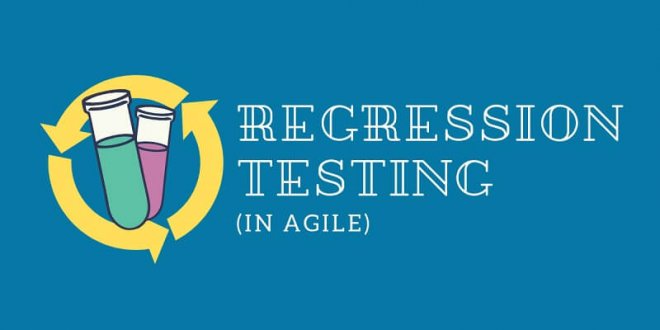Discover the top regression testing challenges and how to overcome them in this insightful guide. So keep reading.
Regression testing is a type of testing in which tests are re-run to ensure that the application is risk-free.
A team must overcome numerous obstacles and problems to accommodate automated regression testing in an Agile procedure. This article highlights some of the challenges faced while performing regression testing:
Regression Testing Challenges Faced By Agile Teams
1. The Right Tool:
Teams are forced to wait until the software is ready using traditional test-last tools with record-and-playback functionality. Furthermore, typical test automation technologies do not operate in an Agile environment since they handle traditional problems, which are not the same as those faced by Agile Automation teams. Automation is typically tricky in the early stages of an agile project, but as the system matures and evolves, some features settle, and automation becomes acceptable. As a result, selecting the right testing tools is crucial if you want to reap the benefits of Agile’s productivity and quality.
2. The Release Cycle:
The goal of an Agile project is to swiftly provide a basic working product and then proceed through a process of continuous improvement. This signifies that a product does not have a single release phase. Integration and acceptability testing of the product are the most difficult parts indeed.
3. Appropriate Resources:
Test resources will be required to build complex scenarios and test cases, conduct manual testing with developers, write automated regression tests, and execute automated regression packages as part of the Agile strategy. Specialist skills will be required as the project progresses to cover other test domains; such as integration and performance testing. There should be a good balance of domain experts’ planning and gathering requirements. The problematic element of resource management is locating and allocating test resources with multiple skills.
4. Proper Communication:
The Automation testing team, developers, business analysts, and stakeholders must communicate well. Client and delivery teams must interact in a highly collaborative manner. More client participation indicates more client recommendations or modifications. It suggests increased communication bandwidth. The main difficulty is that the process must be able to collect and successfully execute all changes while maintaining data integrity. Developers and testers are like oil and water in traditional testing, but in an agile setting, the difficult task is that they must both work together to reach the goal.
5. Requirements:
The tester captures the requirements in the form of user stories. The tester then divides them based on priority – say high, medium, and low. High priorities are the ones that need to be implemented before the release. Significant criteria on Medium can be worked around until their implementation. Low are the ones that are good to have but aren’t essential to the software’s operation.
Customers/software developers are given too much leeway in changing their requirements. Sometimes, iterations skip these modifications due to their volatility. These modifications make the Agile Automation testing procedure more difficult to deploy.
Final Thoughts
Companies are looking for codeless test automation tools that can give them more professional services and keep up with changing requirements in today’s fast-paced world. Companies are turning to outsourced software testing because they feel it will allow them to receive timely updates, modifications, and requirements simply and efficiently.
 free html design Free html design templates
free html design Free html design templates






